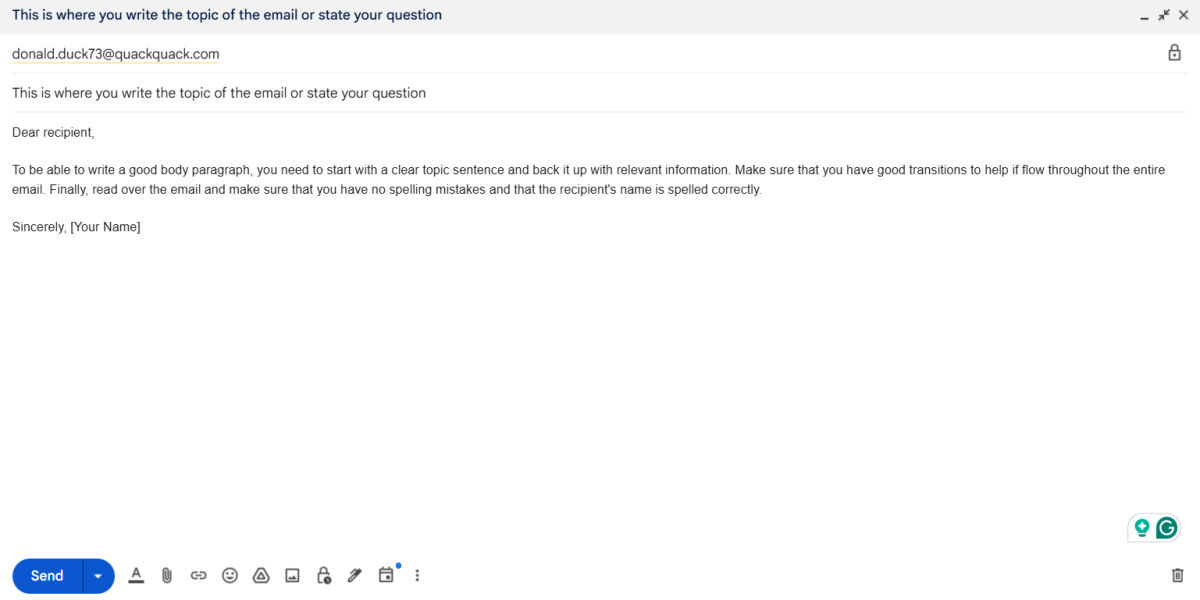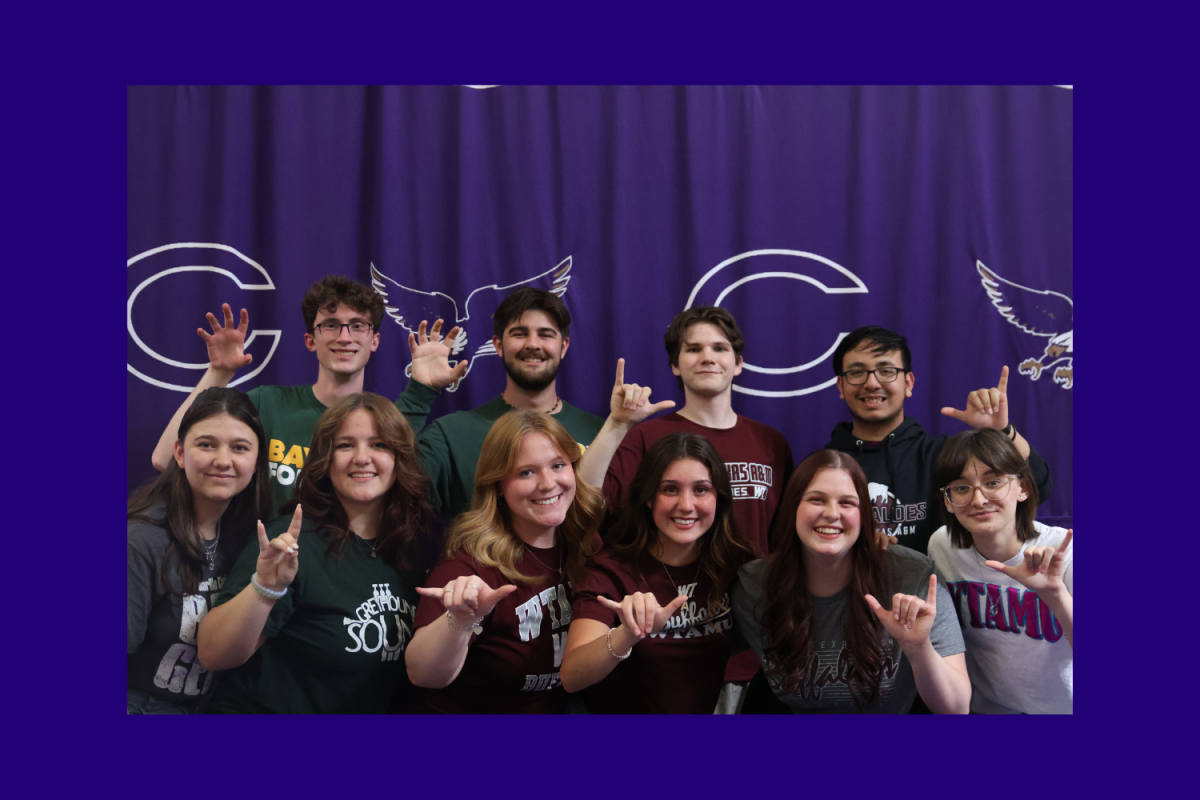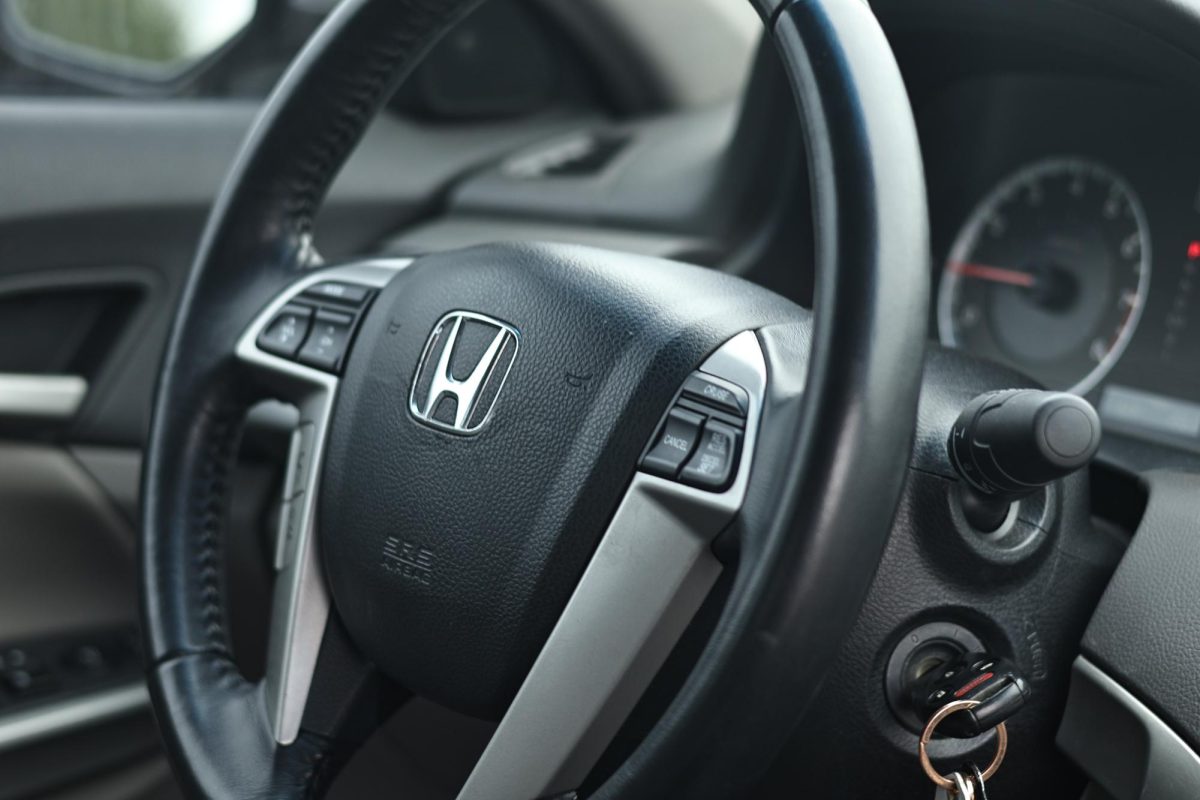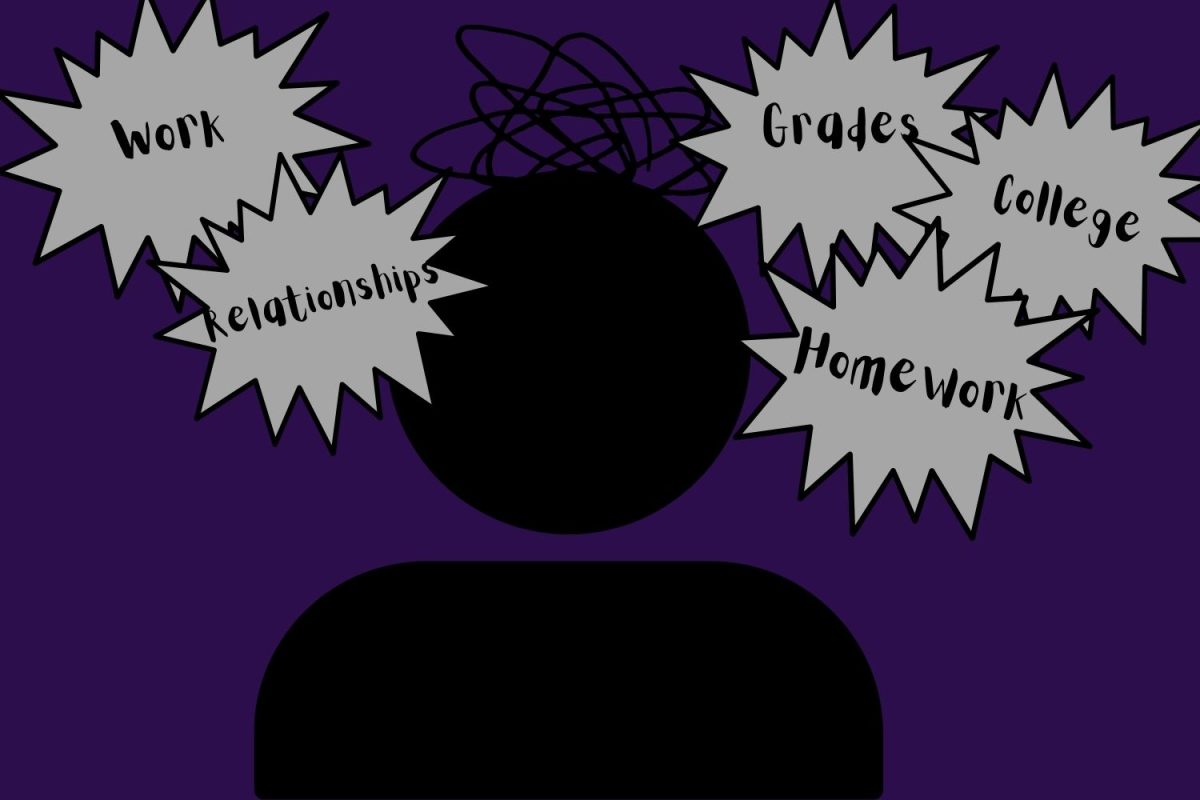We all have plans for after high school, but, whether you want to be a doctor, cosmetologist, or farmer, your job may be in limbo. Have you ever heard the term Intelligent Infrastructure Economy? A poll was given to 55 students across Canyon High School revealing that 85.5% of them had never even heard the term Intelligent Infrastructure Economy. So for clarification, Intelligent Infrastructure Economy, by Google’s definition, refers to “The integration of advanced technologies, data analytics, and connectivity into traditional physical infrastructure systems in our communities, cities, states, and countries.” But what does any of that mean? By pulling resources from research sources this is an Intelligent Infrastructure Economy:
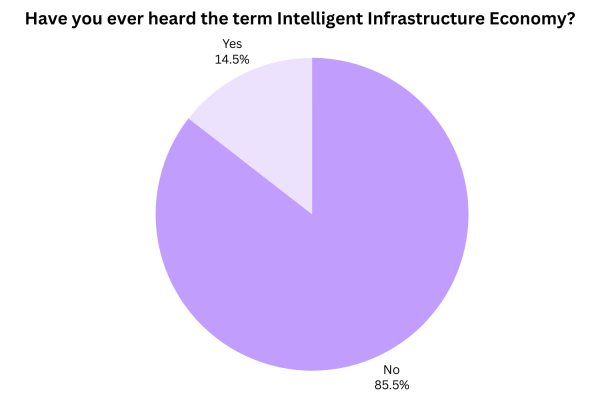
Progressively as AI is becoming a more powerful engine the life we know has begun to

change; but what is all AI capable of, and what will it be capable of in the near and far future? Intelligent Infrastructure is an artificial intelligence-based concept and the idea is that progressively over time many occupations won’t need human intelligence to operate. There are two perspectives on this situation, one being that AI is awful and will destroy any good means of living, and the other being that AI is great and will further develop us as a society and people. Sourcing multiple sites and reviewing many facts, this is the conclusion that has been built from the information we’ve retained:
Presented in the article “You Will Lose Your Job to a Robot—and Sooner Than You Think” Issued by Kevin Drum in November/December 2017, Kevin remarks about the quick progression of AI. “Robots can play chess better than the best grandmaster. They can play Jeopardy! better than the best humans. They can drive cars around San Francisco—and they’re getting better at it every year. They can recognize faces well enough that Welsh police recently made the first-ever arrest in the United Kingdom using facial recognition software. After years of plodding progress in voice recognition, Google announced earlier this year that it had reduced its word error rate from 8.5 percent to 4.9 percent in 10 months.” Kevin also calls attention to the possible aftermath of increasing AI’s abilities. “Like Google’s ability to recognize spoken words and answer questions, self-driving trucks—and cars and buses and ships—rely primarily on software that mimics human intelligence. By now everyone’s heard the predictions that self-driving cars could lead to 5 million jobs being lost, but few people understand that once artificial intelligence software is good enough to drive a car, it will be good enough to do a lot of other things too. It won’t be millions of people out of work; it will be tens of millions.”
The prediction of how AI would evolve to the right was sourced from this 2017 article. The graphic was created 7, almost 8 years ago, but research has made this 2024 reevaluation.
But as much as AI could be an ending, it could also serve as a new beginning. The manuscript “Intelligent Infrastructure: Delivering the Competitiveness Benefits and Enterprise Opportunities.” says “Intelligent infrastructure also provides enterprise development opportunities for new goods and services which can create jobs.”
Looking back on history we can note how during the Industrial Revolution many people lost their jobs to machinery. But that’s not the whole story; after losing their occupations to early AI they acquired new jobs controlling the very AI that stole their means of work. This is addressed in the piece “The Impact of Artificial Intelligence – Widespread Job Losses” Produced by Calum McClelland and published on January 30, 2023. McClelland states “This bright outlook on the future relies on seemingly shaky premises. Namely: The past is an accurate predictor of the future. We can weather the painful transition. There are some jobs that only humans can do.”
And with two other sources, McClelland backs his theory:



